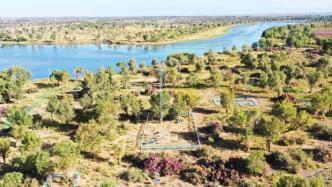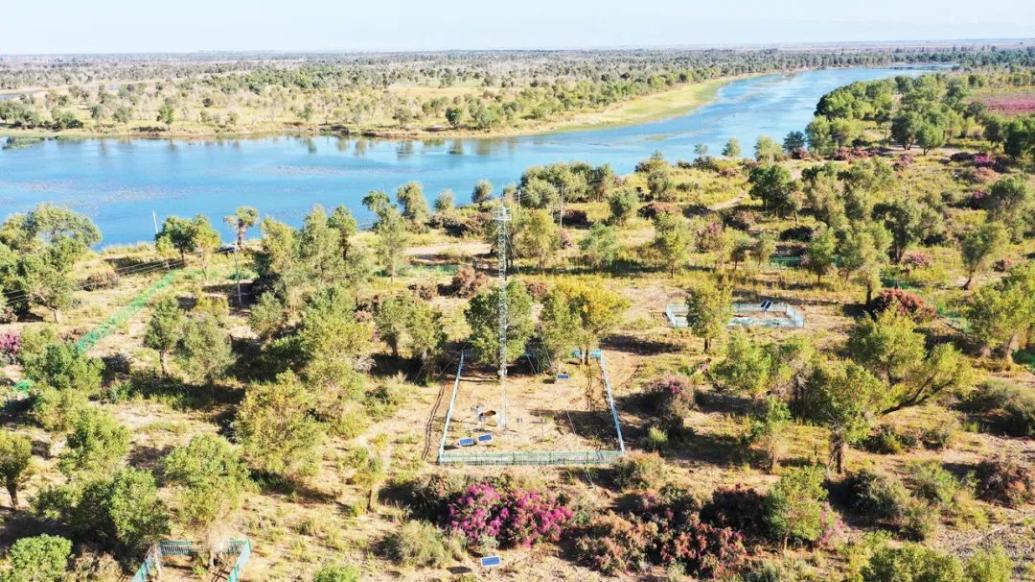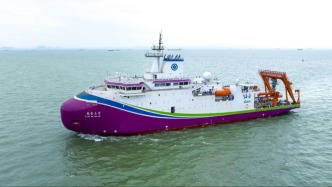

The comprehensive observation field of natural resource elements in the grassland desert area of the Tarim Basin is located in Puhui Farm, Korla City. Photo by Li Fujie
The Taklimakan Desert may have been formed 300,000 years ago, and the dust in the Tarim Basin could affect North China and the Qinghai-Tibet Plateau... At the press conference of the Information Office of the People’s Government of Xinjiang Uygur Autonomous Region held on February 21, the relevant person in charge of the scientific research department announced Phased results of the third Xinjiang comprehensive scientific investigation.
According to Zhang Yuanming, the person in charge of the leading unit of the scientific expedition and the director of the Xinjiang Institute of Ecology and Geography of the Chinese Academy of Sciences, in 2022, the important achievements of the participating units of the third Xinjiang comprehensive scientific expedition include: discoveries in the Irtysh River Basin The unique new species of hook shrimp proves that the Tianshan Mountains and its surrounding areas are the origin of cold-water organisms in the world; 2 new moss species and 39 new record species of parasitic natural enemy insects were discovered in the wild fruit forest area of the Tianshan Mountains; formation and evolution in the Taklamakan Desert New discoveries were made in the research, which put forward a new understanding that the Taklamakan Desert may have been formed 300,000 years ago, clarified the superimposed effect of wind power, underlying surface, and sand sources on the shaping of wind and sand landforms, and confirmed that the floating dust in the Tarim Basin can affect North China and Qinghai-Tibet plateau.
In addition, the scientific researchers who participated in the scientific expedition also built 26 new automatic monitoring stations for the ecosystem in no-man's land by integrating drones, satellites, and Internet of Things technologies; rebuilt the first and second comprehensive scientific expedition databases in Xinjiang, and initially realized Xinjiang's Scientific research data sharing service; find out the overall water volume status of many important rivers, and make decision-making suggestions for regional water resource development.
The third Xinjiang comprehensive scientific expedition is a major scientific and technological project deployed by the state and will be officially launched in December 2021. The scientific research mainly focuses on the green and sustainable development of Xinjiang, comprehensively understands the resources and environment of Xinjiang, scientifically judges the carrying capacity of Xinjiang's resources and environment, proposes Xinjiang's future ecological construction, green development strategy and roadmap, and establishes a big data platform for Xinjiang's resources, environment and green development. Cultivate a strategic scientific and technological team that has long been rooted in Xinjiang and is engaged in the research of resources and environment in arid areas to support the construction of the core area of the Silk Road Economic Belt.


